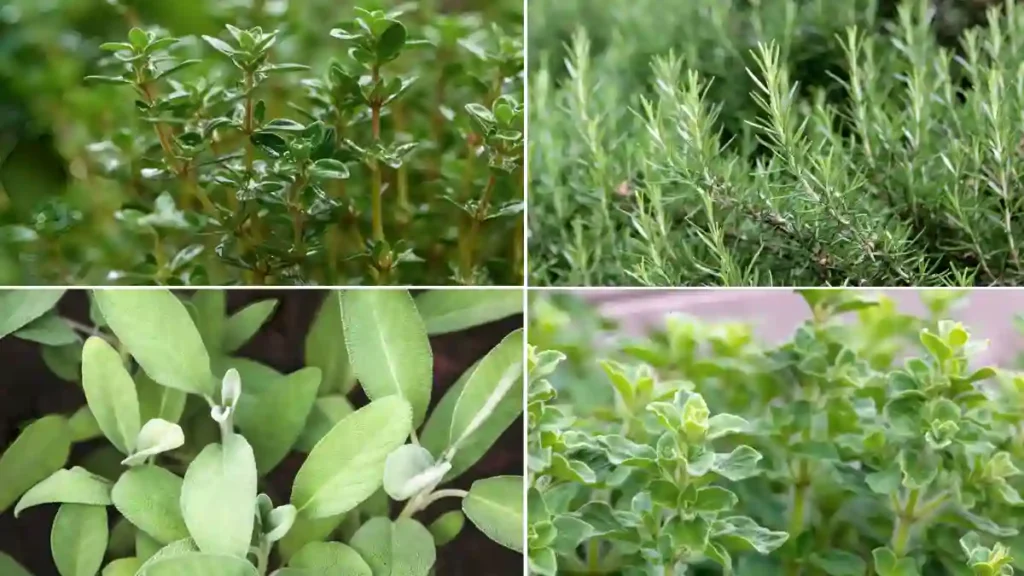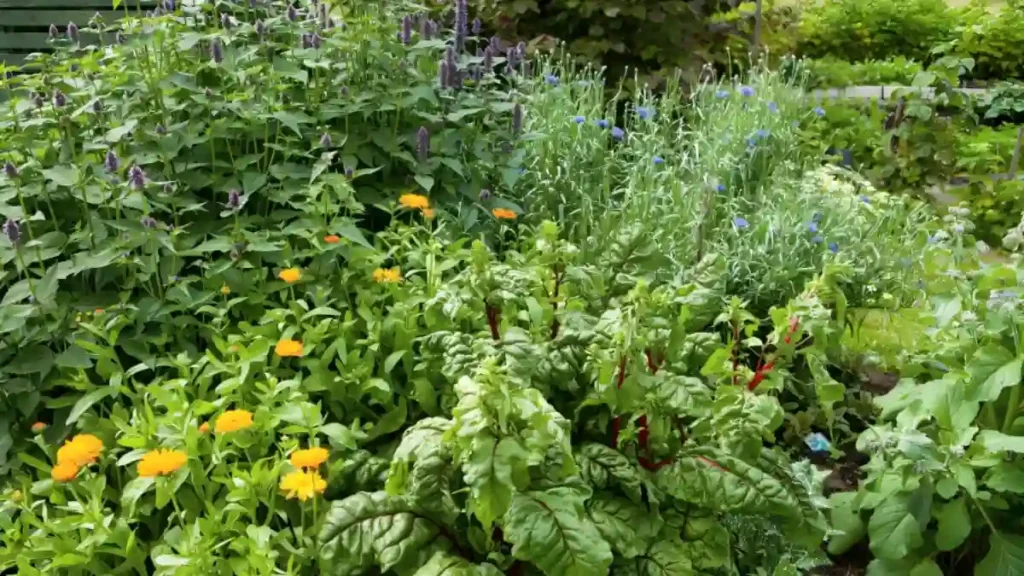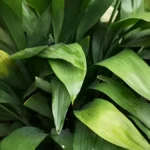Perennial herbs are plants that live longer than two years and frequently return season after season. Perennial herbs, like sage, thyme, and rosemary, have winter-lasting roots that reappear in spring, unlike annual herbs that end in one year. These herbs are common options for home gardens since they are often hardy and low-maintenance. As they become older, they also frequently acquire richer tastes, which makes them more useful in herbal medicines and cuisine. Fresh herbs just cannot be replaced. While dried herbs are convenient, they are flavorless and lack freshness. But growing herbs indoors or outdoors is rather simple.
Reasons to plant perennial herbs:
Perennial herb gardening offers numerous benefits, including the annual return of herbs like sage, oregano, thyme, and rosemary, minimal care, and diverse textures, fragrances, and colors. These herbs enhance garden aesthetics, offer culinary and medicinal benefits, and attract beneficial insects.
Top list of perennial herbs for every season:
The best perennial herbs for each season, indoor and outdoor growing tips, and the advantages of adding these hardy plants to your yard are all covered in this extensive book.
1. Thyme (Thymus vulgaris)
Thyme, a popular perennial herb in cooking and medicine, is durable, suitable for all seasons, and can be grown indoors or outdoors with adequate sunlight.
- Outdoor Growing Tips: Full sun and well-draining soil are ideal for thyme. Once established, little watering is needed.
- Indoor Growing Tips: Make sure thyme receives six hours of sunlight per day. If you have an indoor thyme plant, it will thrive with grow lights or a south-facing window.
- Seasonal Perks: Thyme is a great herb to use all year round because it can withstand frost and stays evergreen in moderate areas.
2. Rosemary (Salvia rosmarinus)
Rosemary, a popular perennial herb in Mediterranean cooking, is known for its aromatic scent and needle-like leaves, making it ideal for year-round growth.
- Outdoor Growing Tips: Rosemary likes warm, sunny locations with soil that drains properly. It is susceptible to overwatering but can withstand periods of drought.
- Indoor Growing Tips: Grow rosemary in window boxes with natural light. Regularly rotate the plant to give it equal exposure to light.
- Seasonal Perks: Rosemary is an evergreen in mild regions; it keeps its flavor and smell all year long even when cultivated indoors.
3. Sage (Salvia officinalis)
Sage, a perennial herb with velvety leaves and a savory scent, is a traditional herb used in healing and cookery due to its resilience in winter.
- Outdoor Growing Tips: Sage needs full sun and soil that drains properly for it to grow. Once planted, it can tolerate drought and cold winters.
- Indoor Growing Tips: Sage should be kept in a bright area, preferably facing south. It needs very little irrigation, particularly in the winter.
- Seasonal Perks: In most regions, sage can last the winter outside and will come back stronger in the spring.

4. Oregano (Origanum vulgare)
Oregano, a hardy perennial herb native to warm, temperate regions, is a popular ingredient in Mexican and Mediterranean cuisine due to its robust flavor.
- Outdoor Growing Tips: Full sun and well-draining soil are ideal for oregano. It’s a summertime heat-loving low-maintenance plant.
- Indoor Growing Tips: Indoors, oregano requires bright, direct light. Grow lights can be used to augment natural sunlight if needed.
- Seasonal Perks: While it usually dies back in the winter, oregano makes a strong regrowth in the spring.
5. Mint (Mentha spp)
Mint is a vigorously growing, adaptable perennial herb that’s a terrific choice for gardeners looking for quick results. Growing mint in containers is a great way to keep it from spreading too much.
- Outdoor Growing Tips: Mint likes damp, well-drained soil, and partially to completely shaded. Because it grows quickly, you might want to plant it in containers to keep it from taking over your entire garden.
- Indoor Growing Tips: Indoors, mint grows best in a bright area that receives frequent watering.
- Seasonal Perks: Mint may be picked all year round and is hardy in most climes, while colder climates may cause it to fall dormant.
How to grow perennial herbs indoors
Perennial plants require 6-8 hours of sunlight daily, with full-spectrum grow lights for optimal light intensity. Indoor plants can dry out faster, so water them frequently but avoid overwatering. Herbs like mint and parsley thrive in damp areas, while rosemary and thyme prefer drier conditions. Use potting soil with perlite or organic compost, and ensure drainage holes in containers. Plant indoor herb gardens in pots with quick water drainage to avoid soggy roots.
How to grow perennial herbs outdoors
Perennial herbs require full sun, at least six hours per day, and well-draining soil. Increase drainage by adding sand or compost as needed. Plant herbs in separate spaces, as too close can increase pest and disease vulnerability. Outdoor herbs require less watering than interior plants, but freshly planted herbs need frequent watering until roots take hold. Proper spacing and drainage are essential for herb growth.
Conclusion:
For gardeners of all skill levels, growing perennial herbs both indoors and outdoors may be a fulfilling experience. Perennial herbs, including sage, mint, thyme, and rosemary, are versatile, low-maintenance, and delicious, making them ideal for culinary use or garden aesthetics.
Certainly! If you’d like to learn more, please consider following our WhatsApp Channel: Harvest Gardening
A frequently asked questions:
Q1: What are perennial herbs?
A1: Perennial herbs are plants that live for over two years and regenerate each season using the same root system. There are other examples, including lavender, rosemary, and thyme.
Q2: Which herbs are perennials in the UK?
A2: UK-wide perennial herbs like oregano, sage, mint, rosemary, and thyme are resilient and often sprout again in the spring.
Q3: How should perennial herbs in Zone 5 be cared for during winter?
A3: Perennial herbs in Zone 5 should be mulched in late fall for freezing protection, with some like rosemary requiring additional safeguards or indoor storage.



